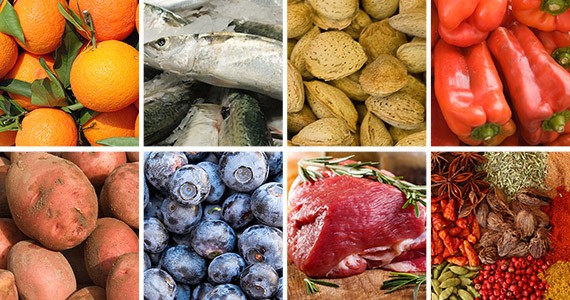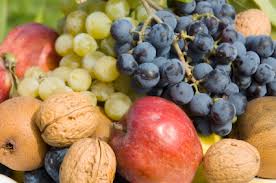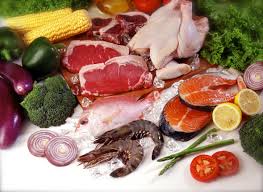Whole Foods in Kansas City
What are Whole Foods?
Whole foods are unprocessed, unrefined, or processed and refined as little as possible before being consumed. Whole foods typically do not contain added ingredients, such as sugar, salt, or fat directly from the source. Whole foods are not necessarily pesticide free.
Raw fruits and vegetables are whole foods. Since most of us are not following a raw-foods diet, lets look as some other common foods.
Take the potato. A baked potato is closer to its original form on the farm than a potato chip. A baked potato would be considered a whole food: a potato chip would not. Note: beware of non-organic potatoes! Non-organic potatoes are sprayed with herbicides and fungicides for growing and storage. The potato is one of the worst products to consume when non-organic or at least scrubbed very well!
“We live in a society that eats so much processed and manufactured food, that I think there’s some genuine confusion about what qualifies as a whole food,” says Tara Gidus, RD, a spokesperson for the American Dietetic Association. Even for the health conscious, the phrase gets tangled up with other terms. Whole foods might be organic, or locally grown, or pesticide-free. But they aren’t necessarily. The definition of healthy whole foods is much simpler.
Many of the foods that we do not consider as junk-foods may still not be considered as whole foods. Milk is a perfect example. Although considered by many to be a whole food, pasteurization and homogenization strip milk of nutrients and enzymes that are normally contained in raw milk. Add to that the practice of reducing fats, fortifying with vitamins and mineral , and in some cases, adding artificial flavors such as strawberry and it becomes more clear that the milk you get in the grocery is no longer a whole food.
Raw milk and cheese are a different story. Other types of whole foods include nuts, beans, seeds, milk, eggs and certain cuts of meat, fish and poultry. If any additives or processing has occurred, then a food is no longer considered a whole food.
Whole food does not imply organic, kosher, or gluten-free. Those are completely separate and distinct classifications that have their own definitions. Whole foods can be from plant sources or animal sources.
| Whole Foods | Not Whole Foods |
| Steel cut Oats | All purpose flour |
| Grass-fed hamburger | Tofu Burger |
| Spaghetti squash | Egg noodles |
| Tomatoe | Ketchup |
| Dry-roasted nuts | Whey protein powder |
| Sun-dried raisins | Sweetened, dried cranberries |
| Sea salt | Table salt |
| Home made cereals | Frosted Mini-Wheats |
Whole Food Diet
Recent research appears points out that eating mostly “whole foods” – that is, foods that are as close to their natural form as possible is the healthiest possible way to eat.
Studies have found that a diet high in healthy foods like fruits, vegetables, and whole grains are associated with a reduced risk of diseases such as:
- cardiovascular disease
- many types of cancer
- type 2 diabetes
So what’s so good about healthy whole foods? For one, they’re loaded with fiber, vitamins, and minerals. They also contain phytochemicals, the general name for natural compounds in plants. While thousands of individual phytochemicals have been identified, countless more remain unknown. They help in different ways. Some are antioxidants, which protect cells against damage. Examples of antioxidant phytochemicals are flavonoids, carotenoids, and lycopene.
Meat as a Whole Food
Gassfed beef not only is lower in overall fat and in saturated fat, but it has the added advantage of providing more omega-3 fats. These crucial healthy fats are most plentiful in flaxseeds and fish, and are also found in walnuts, soybeans and in meat from animals that have grazed on omega-3 rich grass.
Full Sircle Grass Fed Beef
You can buy whole foods in Kansas City at a number of locations including our farm. We have fresh eggs and supply grass fed beef. Keep in mind our animals are raised on vegetarian diets with no antibiotics or added growth hormones. Our animals lead a good life, exemplified by the fact that they are incredibly tame. (Come up and pet them)
We apply rigorous standards to all stages of an animal’s life and to the environment in which they live.
For more on Grass Fed Standards click here.



